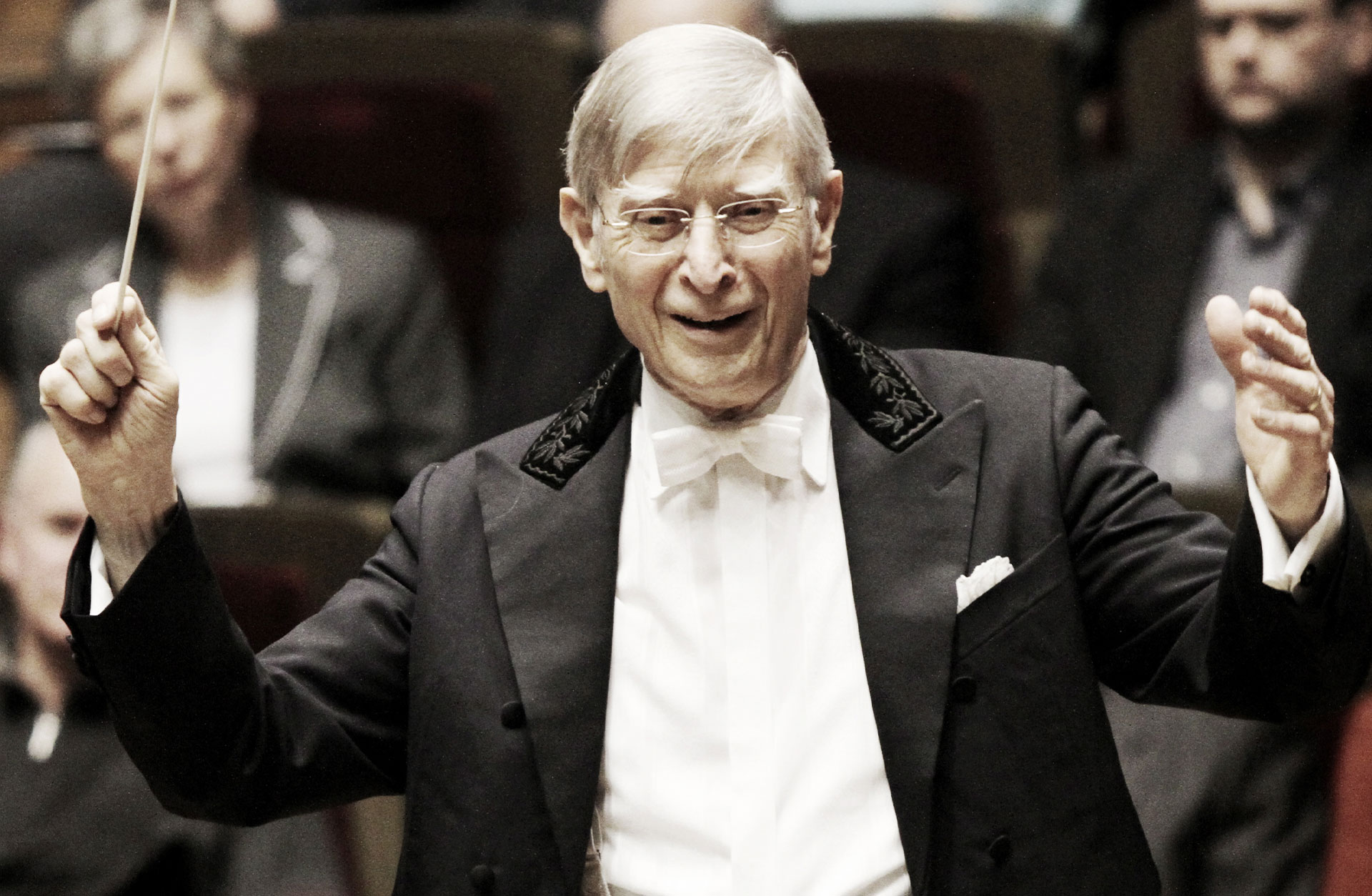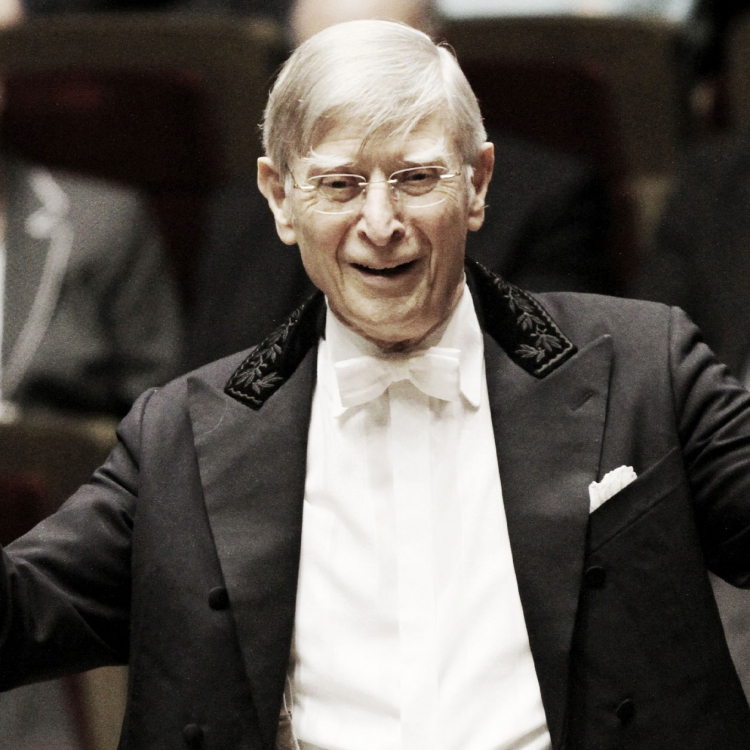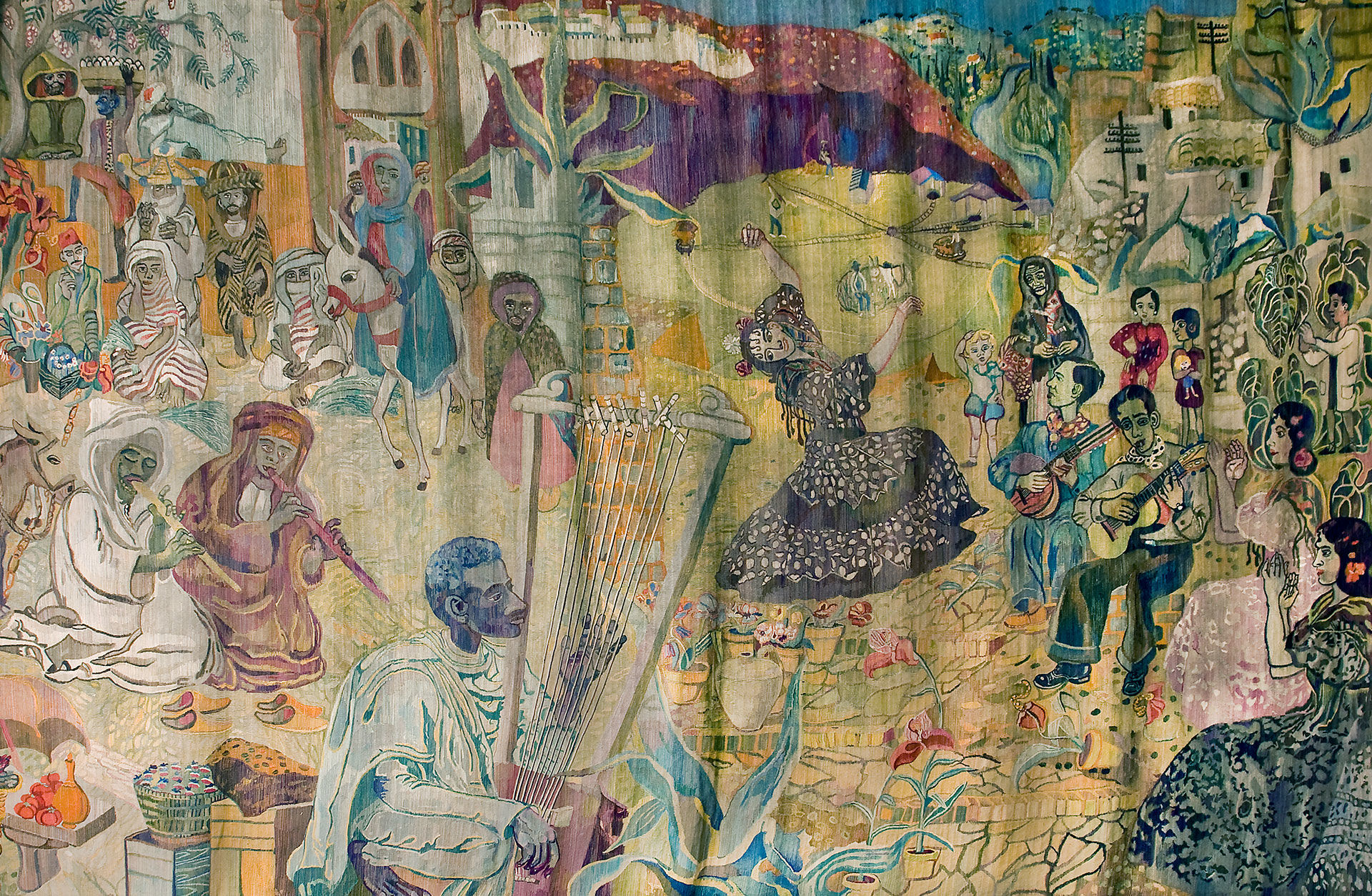Cart
Your cart is empty
Your cart is empty
List is empty
Press ESC to close the search field



Event has already taken place. Notes of passion with the Gothenburg Symphony Orchestra and esteemed conductor Herbert Blomstedt.
Symphonies No. 2 and 7 as you like it. Hear Beethoven interpreted with love and the wisdom of an entire lifetime. The esteemed conductor Herbert Blomstedt takes his place on the podium once again in his 70-year relationship with the Gothenburg Symphony Orchestra.
Herbert Blomstedt is celebrated for his complete recordings of Beethoven’s symphonies. “Precise, powerfully flowing and filled with tension.” The Swedish legend now looks back on a career of over 70 years as conductor of the world’s foremost orchestras. A work that began with the Gothenburg Symphony Orchestra already in 1953.
Hear an entire lifetime of work and passion shaped into music as two stars shine together: Beethoven in the score and Blomstedt on the podium.
Get to know the music.
Get to know Herbert Blomstedt.
Take a seat in the Great Hall one hour before the concert begins and learn more about the music you will soon experience! You will get the stories behind the music, knowledge of the composers and own reflections about the classical pieces. The introduction last for about 30 minutes, it is free and free seating in the hall. Welcome!

Here you will find all the necessary information that you need to know about before your magical visit in the Concert Hall.

Invite yourself or someone you like to an experience for all the senses. Welcome to visit the Concert Hall's restaurant or one of our foyer bars.

Many of the works of art in Gothenburg Concert Hall are connected to music or have a relationship with Gothenburg Symphony Orchestra. Here you will find everything from portraits of composers such as Grieg and Sibelius to one of Sweden's largest tapestries, with design by Sven X-et Erixson.